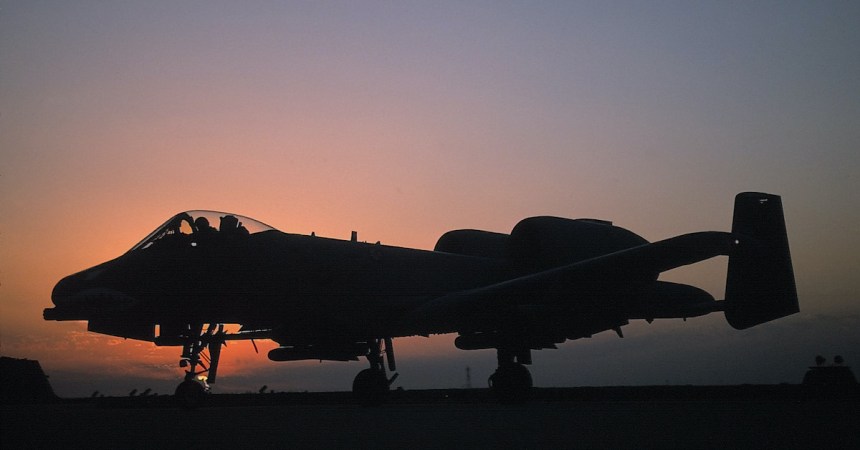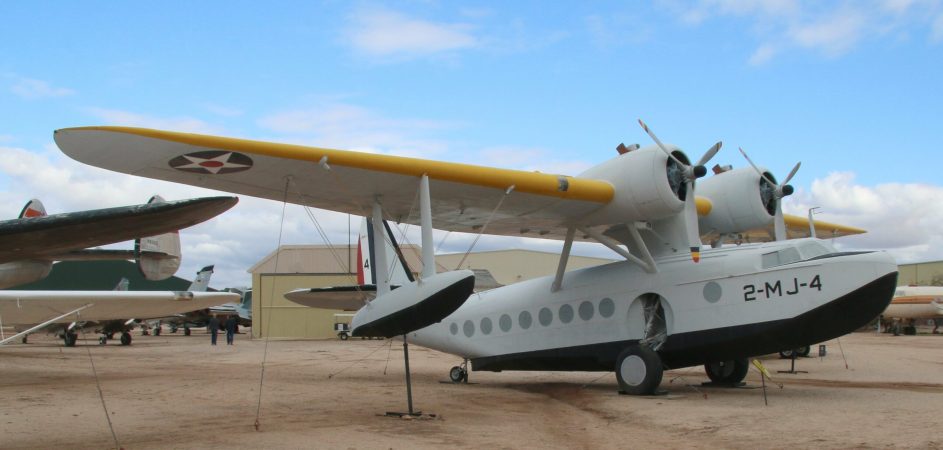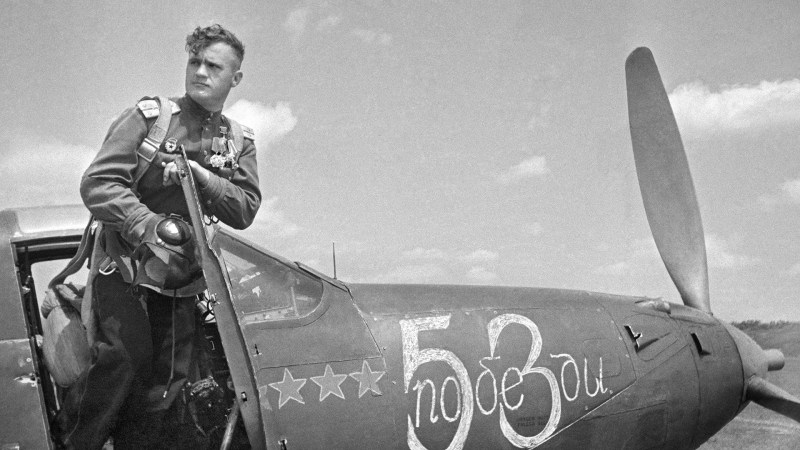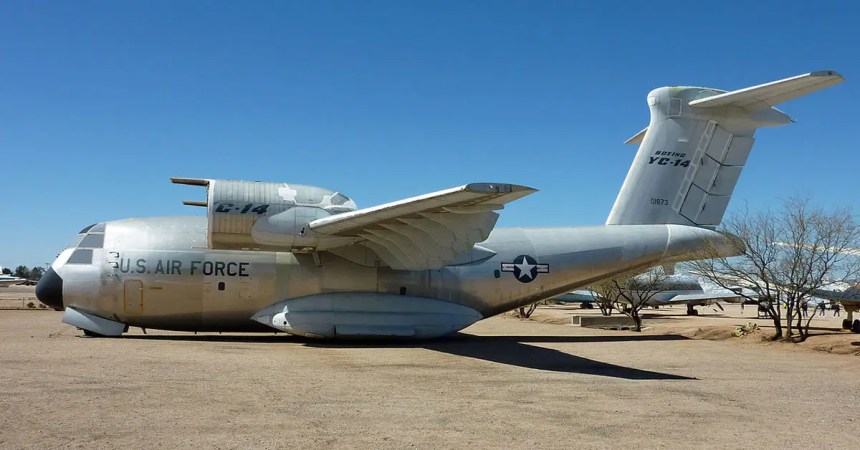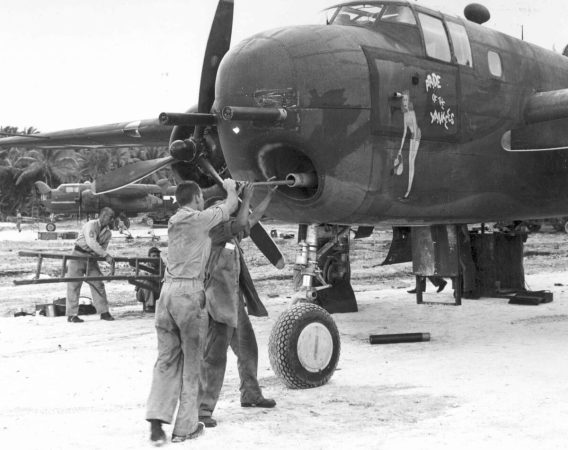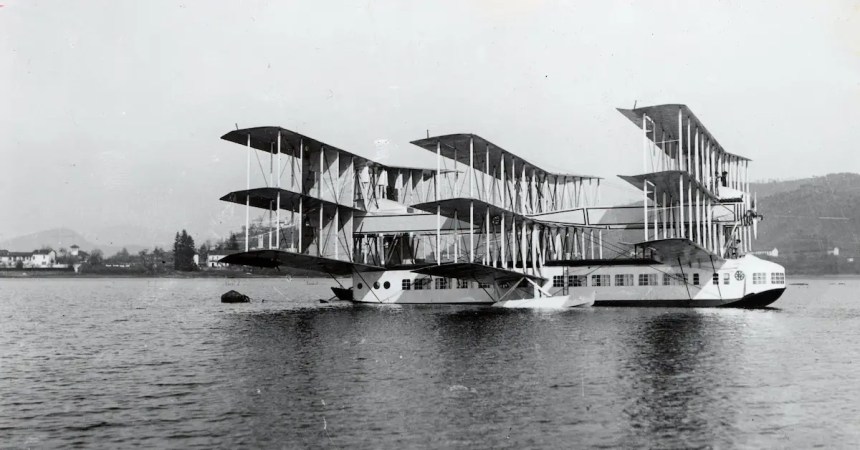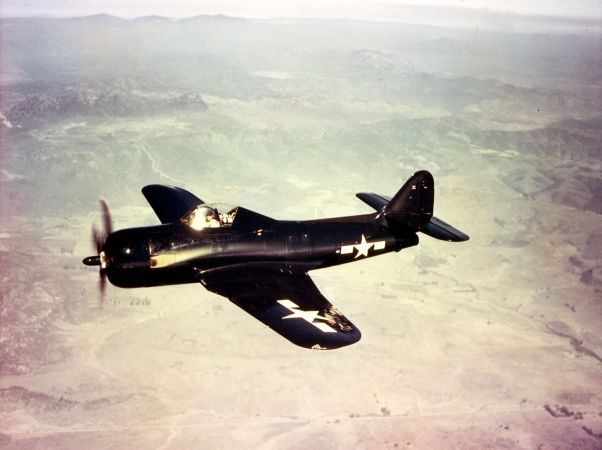Most people have heard of Jet-Assisted Take-Off, also known as “JATO.” Unfortunately, it’s usually in connection with a story involving a Chevrolet Impala and a Darwin Award that may or may not have actually happened. Despite this blemish on its reputation, JATO was in use for almost a half-century before the infamous award — and is still used today.

A Lockheed P-2 Neptune is launched from the aircraft carrier USS Franklin D. Roosevelt (CV 42) with the use of JATO rockets.
(U.S. Navy)
First of all, the “jet-assisted” part of JATO is actually a misnomer. There’s no jet involve. JATO systems actually use a rocket – or several rockets. These rockets were capable of cutting the takeoff run by almost 60 percent. That sort of advantage is huge when your airfield has been bombed and the runways have been dotted with potholes. It’s also important for taking off in a heavily loaded plane, whether it’s full of cargo or bombs.

Perhaps the most prominent use of JATO: When the Blue Angels’ C-130 Hercules takes off.
(U.S. Navy)
Early jet engines didn’t have good performance during takeoffs and landings. As a result, they needed long runways to safely operate. This made the early jet fighters vulnerable to propeller-driven planes. For example, P-51s would often lurk around the bases used by Me-262s and hit the Nazi jets as they took off. JATO systems were designed to get jets off the ground faster — and they help with performance.
Early jets were tricky to fly (those who flew the YP-80 reported that the engine would sometimes cut out mid-flight — not a good situation to be in). America’s ace of aces, Major Richard Bong, was killed in an accident involving a prototype P-80 Shooting Star, and the top ace of the Korean War, Joseph McConnell, was killed while test-flying the F-86H. A JATO rocket provided assistance to early-model jet engines during takeoff, allowing the plane’s ejection seat to function properly.
However, the need for JATO systems has declined as jet technology improves. Vertical or Short Take Off and Landing technology also emerged in the form of lift fans and vectored thrust.
Although JATO isn’t widely used, it makes for a spectacular moment when the Lockheed C-130 assigned to the Blue Angels makes its takeoff.
See how the Navy discussed JATO over 70 years ago in the video below:




